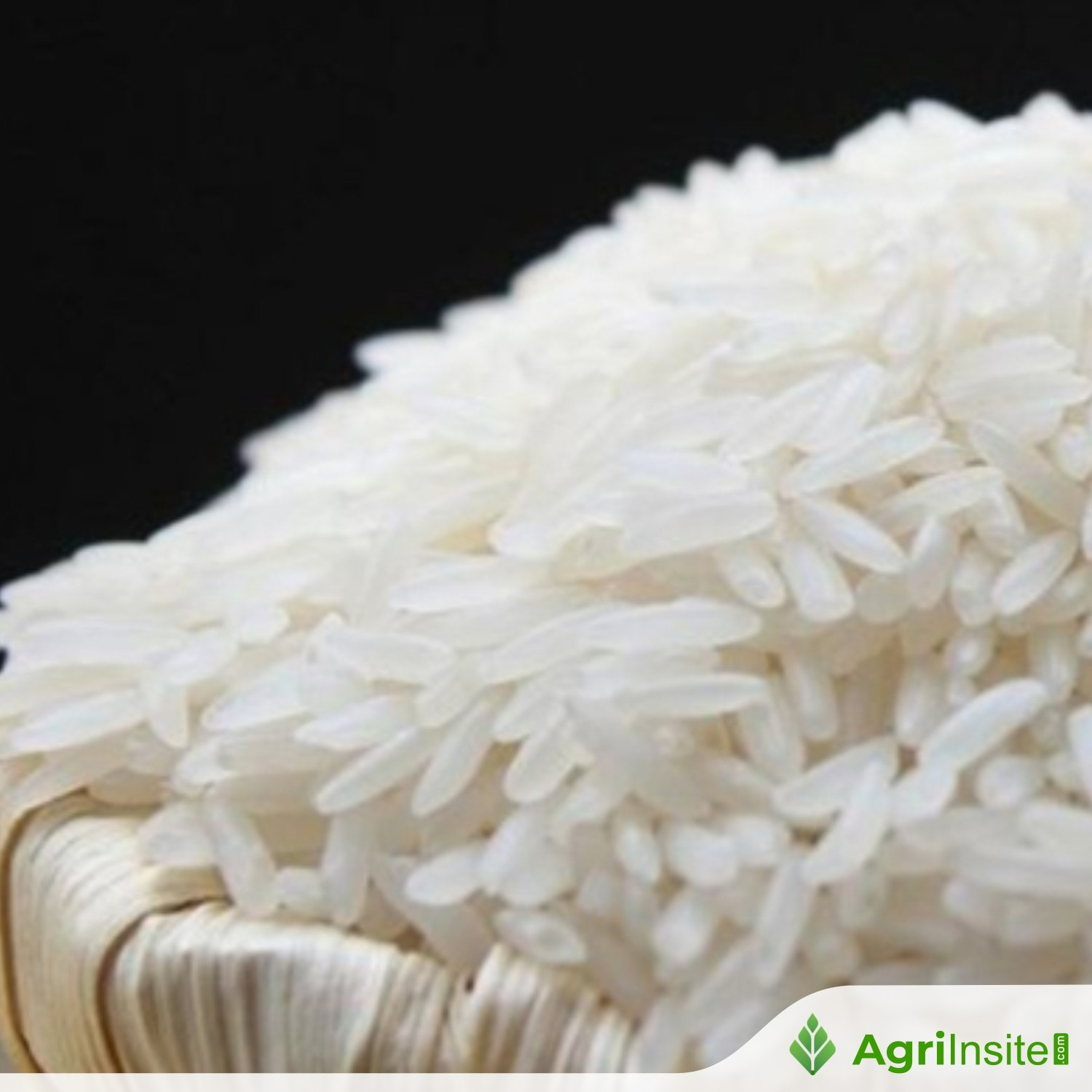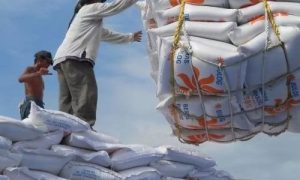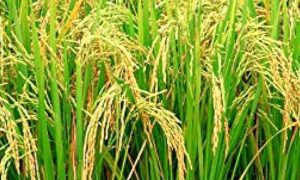South Korea implements first rice lending program amid shortage, supplies 30,000 tons

Facing a rice shortage before harvest, the South Korean government will lend 30,000 tons of old rice to eligible distributors and processors by August-end, to be repaid with 2025 harvest rice. The approach aims to avoid price drops from direct sales while stabilizing the market and supporting farmers’ incomes.
With the rice shortage phenomenon emerging in the market ahead of this year’s harvest season, the government is implementing rice lending for the first time. Until now, the government had adjusted supply by releasing rice when there was a shortage and purchasing it when there was an excess. This time, however, it has opted for a lending method. When government rice is released, prices drop, leading to significant backlash from farmers. In response, the government decided to lend out old rice and receive new rice in return.
The Ministry of Agriculture, Food and Rural Affairs announced on the 11th that it will supply 30,000 tons of government rice to local distribution companies through a lending method by the end of August.
The 30,000-ton supply amount (based on standard rice) is projected to be insufficient by the end of the rice year. The supply target was set for local distribution companies eligible for government rice purchase funding in 2024 and processing companies with an annual purchase volume of over 3,000 tons based on standard rice. Companies receiving the allocation can take possession of the amounts from the government rice storage warehouse by the 29th.
Unlike the existing public sale method, this government rice supply will be conducted in a way that the same value amount is returned as 2025 harvest. Companies that receive the rice must return the new rice from the 2025 harvest to government warehouses by March 2026. The return amount will be determined later by calculating the average local rice price in July 2025, the rice price during the 2025 harvest season, and the milling rate.
Byun Sang-moon, director of the Food Policy Bureau at the Ministry of Agriculture and Food, said, “The 30,000 tons of government rice being supplied will have an effect on reducing the production of rice from the 2025 harvest” and noted, “It could also contribute to stabilizing prices during the harvest season.”
To Read more about Rice News continue reading Agriinsite.com
Source : Chosun Biz

















